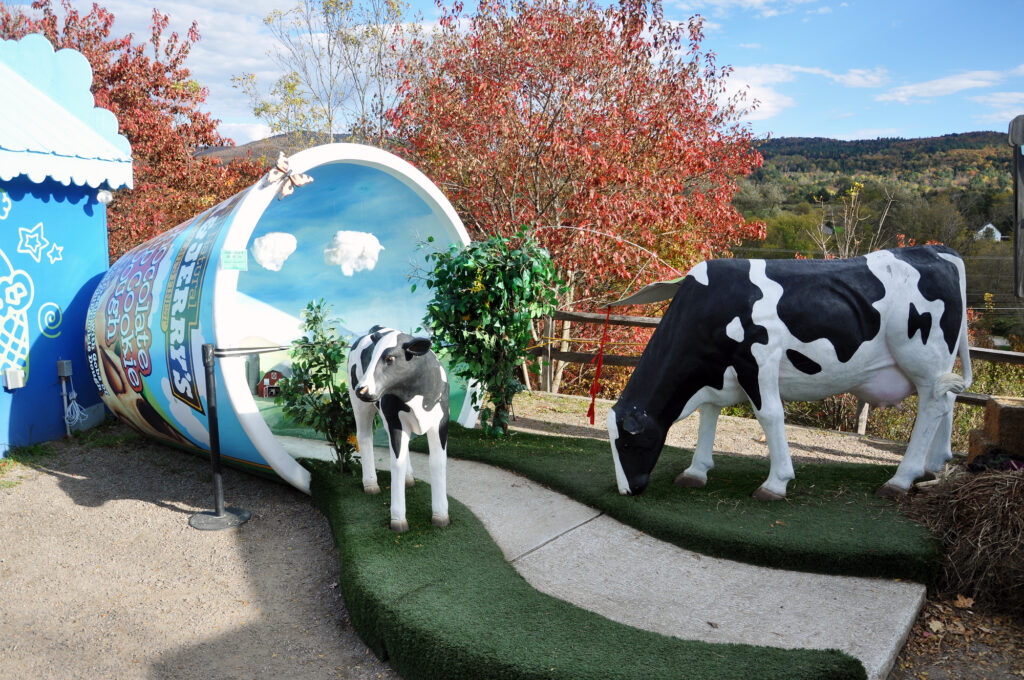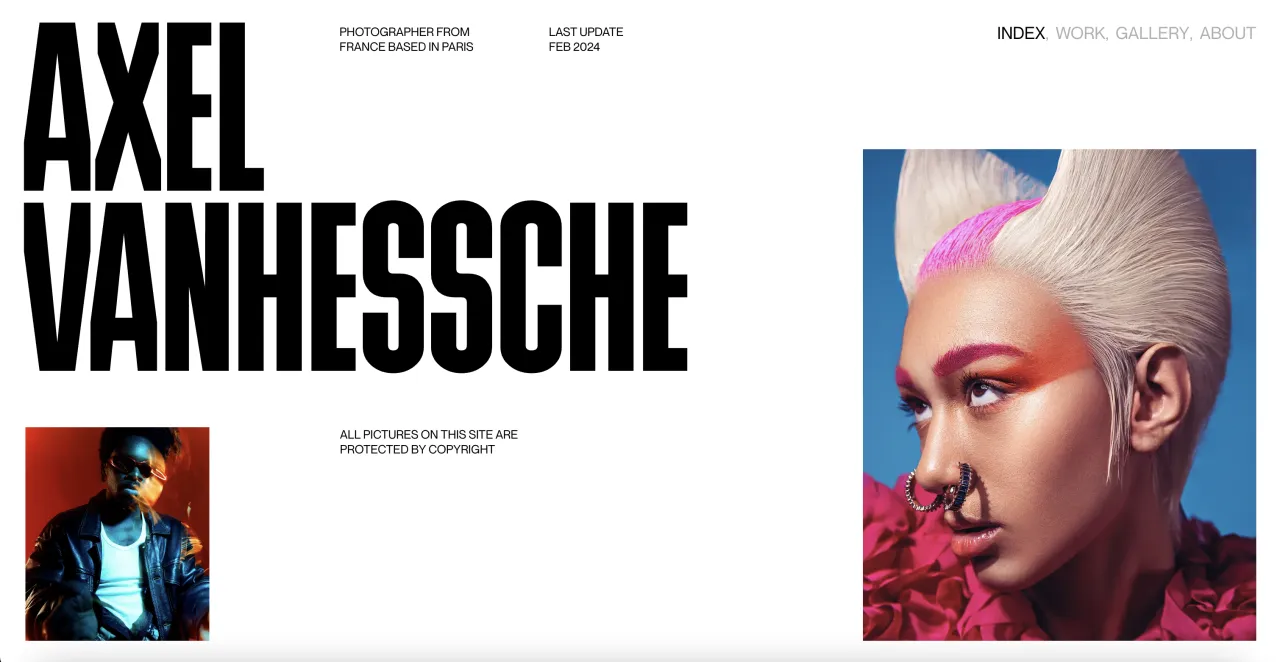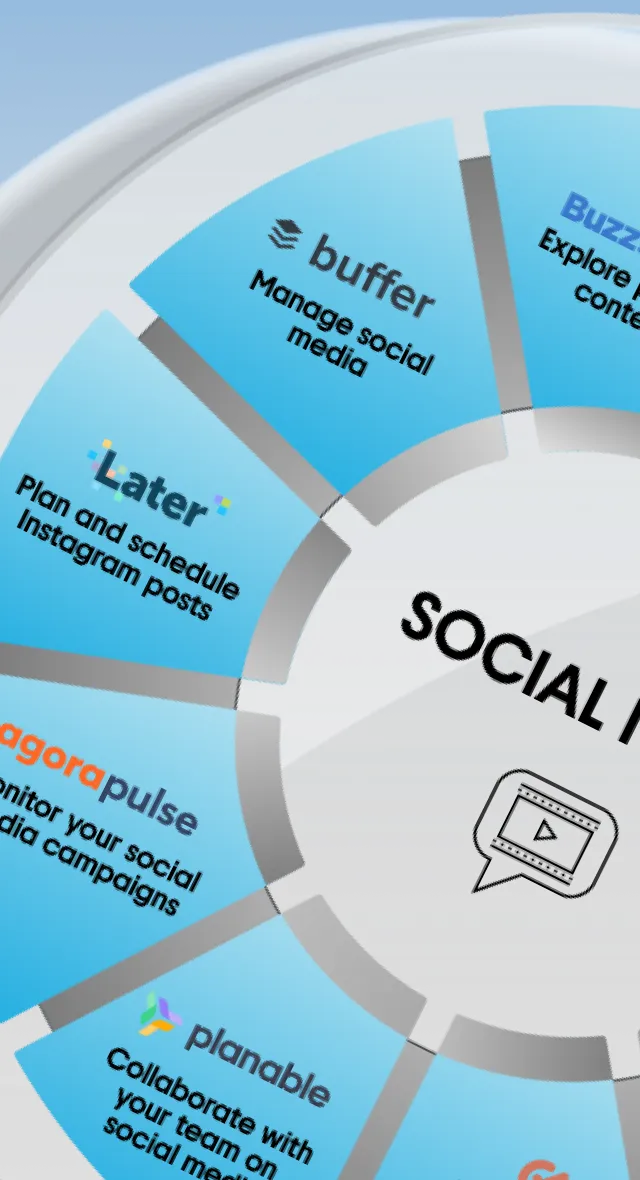Brand Storytelling: Creating a Story that Resonates with Your Customers
In 2025, brands need more than a slick logo to stand out. They need a story. Brand storytelling is an integral part of marketing that, when done right, builds emotional connections, trust, and loyalty.
But what are the components of good brand storytelling? More importantly, how can your brand craft a story that effectively reaches your target audience? Let’s find out!
What is brand storytelling?
Brand storytelling is the strategic steps of sharing your brand’s mission, values, and journey through preferred channels and narratives such as your product or service, website, social media, PR, prints, merchandise, etc.
At its core, brand storytelling answers the following questions:
- Who are you as a brand?
- What do you stand for?
- How does your story intersect with your customers’ lives?
While the brand storytelling definition is simple, it takes a lot of time and effort to shape your story and make it work for you.
Think of it as building a bridge between your brand and your audience. Merely listing features or spouting corporate jargon won’t help you build loyal customer relationships. However, even describing features can be well done if you add a compelling story to it 😉
It’s all about weaving an engaging narrative that makes your audience care about what you do. The most impactful brand stories are authentic, human, and emotionally charged. They illustrate the “why” behind your brand and invite your audience to be part of the journey.
Why is brand storytelling important?
Consumers are exposed to thousands of ads daily, which means attention is a scarce resource. People don’t just want to buy products and use services these days. They want to feel something. That’s where brand storytelling comes in, and here’s why it matters.
Standing out in a saturated market
Your product or service might not be entirely unique, but your story is! Probably one of the best things about storytelling is that you make it. A strong and consistent narrative helps your brand stand out and stay memorable in a sea of competitors.
Building emotional connection and engagement
People often make decisions based on emotion, not logic. A well-crafted brand story creates an experience, invites curiosity, and leaves a lasting impression by evoking feelings of joy, nostalgia, or hope. This is what keeps your customers invested in your brand and coming for more.
Building trust and loyalty
If you aim to build a trustworthy and stable brand, your storytelling must be authentic. When your audience feels like they know the heart and soul of your brand, they’re more likely to trust and stick with you for years.
Turning customers into advocates
People love sharing good stories. When your brand story resonates, your customers become your biggest advocates, spreading the message organically.
How to create a strong brand storyline
Telling a brand story that resonates requires a mix of authenticity, creativity, and strategy. Let’s figure out how to do it.
Sketch a narrative
Every great story has a beginning, middle, and end. Your brand story should follow a similar structure:
- Introduce your origin—how and why you started.
- Highlight the challenges you’ve faced and the solutions you’ve come up with.
- Show the transformation and the impact you’re making now.
Understand your “why”
The essence of your story lies in your brand’s purpose. Why do you exist? What drives your mission? The answer should go beyond profits—it’s about the impact you want to make.
Take Apple, for example. From their iconic “1984” Super Bowl ad to their ongoing commitment to design and innovation, Apple’s narrative focuses on putting power into the hands of creators and dreamers. This message resonates deeply with their loyal customer base, fostering a sense of identity and belonging that goes beyond their products.
Know your “who”
A great story is one that your audience sees themselves in. Study your customers. Understand their values, aspirations, and pain points. Speak their language and cater to their needs in a way that feels personal.
Be authentic and consistent
Authenticity is non-negotiable when it comes to telling a brand story. Today’s consumers are savvy—they can spot insincerity a mile away. Stay true to your brand’s identity and values, even if that means not appealing to everyone.
It’s also important for your brand story to be consistent across all platforms—social media, website, email marketing, and even packaging. Inconsistencies dilute the impact of your narrative.
Be human
If you want people to find your brand approachable, incorporate human elements. Share stories about your founders, employees, or customers. Give your brand a heartbeat by introducing the people who make it thrive.
Advertisements featuring a human presence scored 81% higher in effectiveness. However, only 31% of campaigns utilized this element, indicating a significant opportunity for improvement.
— Meta, Kantar, and CreativeX “The New Era of Storytelling”
Also, remember to keep it simple. Don’t overcomplicate your pages and social media with employees’ personal information and unnecessary details about how everything operates at your place. Customers should still be able to find the products, services, and information they need to actually make a purchase.
Show, don’t just tell
Sometimes, creating a short ad video about your product is better than posting a one-pager about it. Use visuals, humor, and real-life examples to bring your story to life. Share customer testimonials, behind-the-scenes content, and case studies.
Invite your audience in
Encourage your audience to engage, share, and co-create. Use interactive campaigns, user-generated content, and community-building initiatives. Make your story their story.
Authentic brand storytelling examples
With about 350 million companies worldwide in 2023 (Statista), it’s not hard to think of a trademark with a great brand storytelling strategy. It’s hard to choose just several of them! Anyway, the following brands definitely deserve a shout-out for inspiring other businesses worldwide with their standout storytelling marketing.
What unites them is that they use high-quality content for their advertising campaigns. You can, too! Check out our library with over 300M images, videos, music tracks, and other files for your creative projects. Create stories worth sharing, like the ones below.
1. Airbnb
Airbnb’s brand story revolves around belonging. Their messaging emphasizes creating unique experiences and making travelers feel at home no matter where they go.
Airbnb showcases the power of shared experiences through emotional user stories, videos, and a global community ethos. Their story resonates because it’s more than just about renting. It’s about fostering human connection.
2. Nike
The iconic “Just Do It” campaign is a masterclass in storytelling. This story is about overcoming obstacles, pushing limits, and chasing dreams. No one thinks it’s just about selling shoes, which is precisely what Nike needs as a worldwide pioneer in sports apparel.
As part of their storytelling strategy, Nike features athletes with inspiring stories and champions social causes. Thanks to consistently delivering an empowering philosophy, Nike has been building successful long-term relationships with customers for over five decades.
3. Ben & Jerry’s
If you think ice cream has nothing to do with a commitment to social and environmental justice—recall Ben & Jerry’s. This brand packs a punch! Their story is about activism and values-driven business.
They fight for climate action, LGBTQ+ rights, fair trade practices, and other important causes. This is a perfect example of how a brand can use its platform to tell meaningful stories that inspire change while staying true to its playful tone.
4. LEGO
LEGO’s storytelling focuses on creativity, imagination, and the transformative power of play. Their campaigns often highlight the endless possibilities of their products, such as the “Rebuild the World” initiative, which encourages kids and adults alike to think creatively and solve problems. LEGO’s story resonates with both young and old, making it a beloved global brand.
5. Ray-Ban
Ray-Ban’s brand storytelling is steeped in heritage and cultural significance. Their eyewear is always in vogue, positioning them as a symbol of confidence and enduring coolness.
Their campaigns often emphasize individuality, self-expression, and timeless style. Ray-Ban connects its legacy to generations of wearers by featuring iconic historical and modern pop culture moments.
Wrapping up
Brand storytelling can humanize your brand and cultivate meaningful connections with your audience. Remember, the most influential brands are the ones that resonate with their customers emotionally, align with their values, and invite them to be part of the journey.
So, what’s your brand story? Create it with the help of high-quality visuals, videos, audio tracks, and more brand storytelling tools on Depositphotos.
Read more about branding
A Brief Guide on Sequential Storytelling
The Benefits of Using Licensed AI Content for Brand Image
Brand Style Guide Done Right: Key Rules of Consistency + 10 Examples
How Strategic Color Choices Can Skyrocket Your Brand Identity













